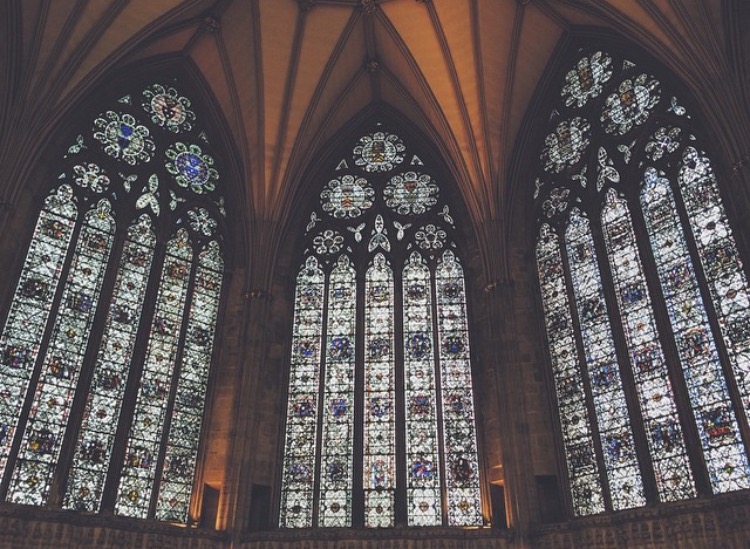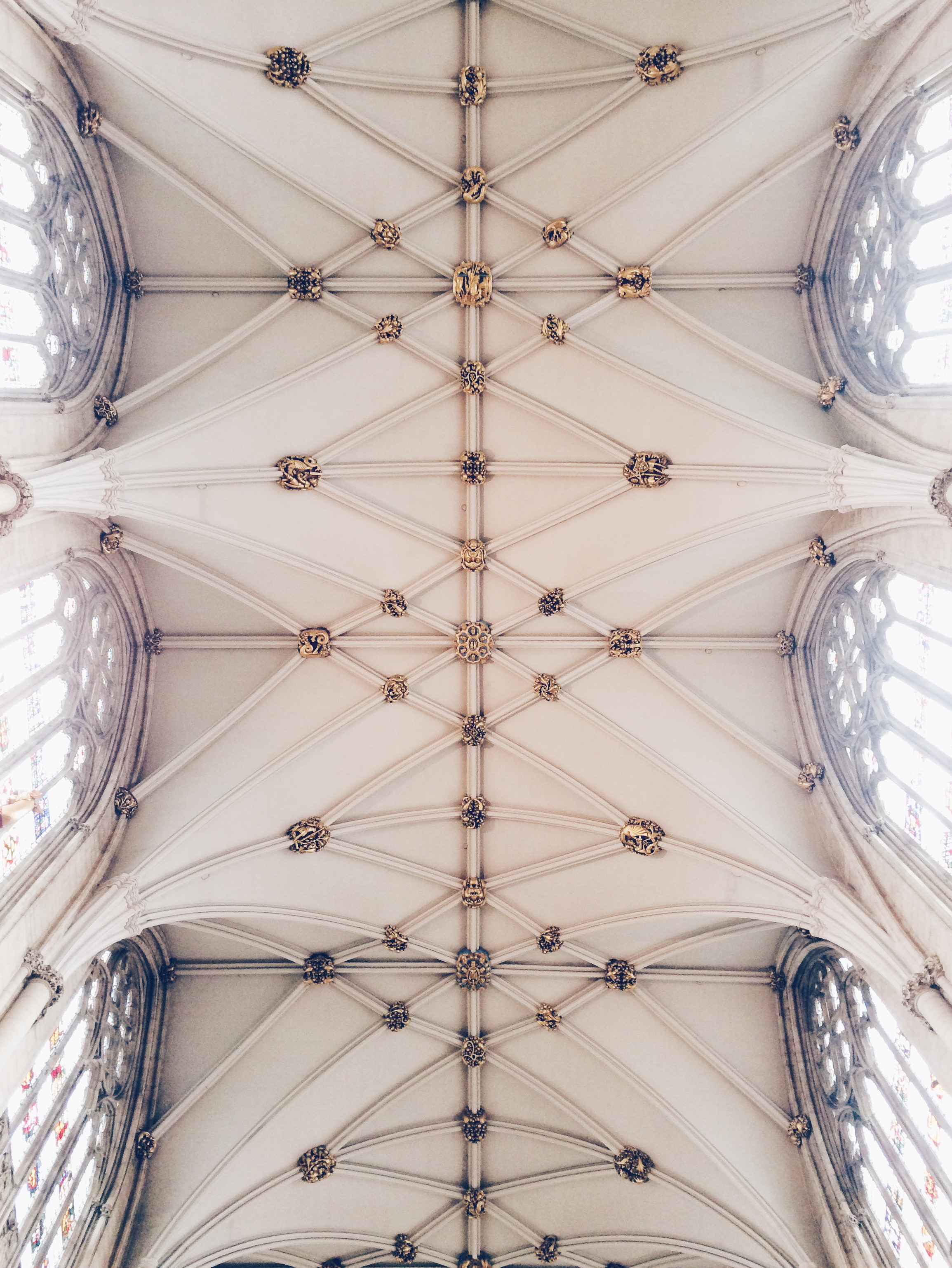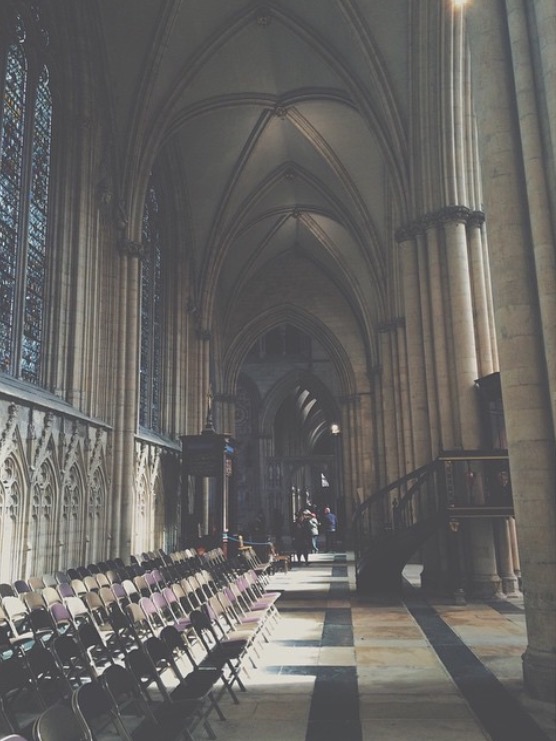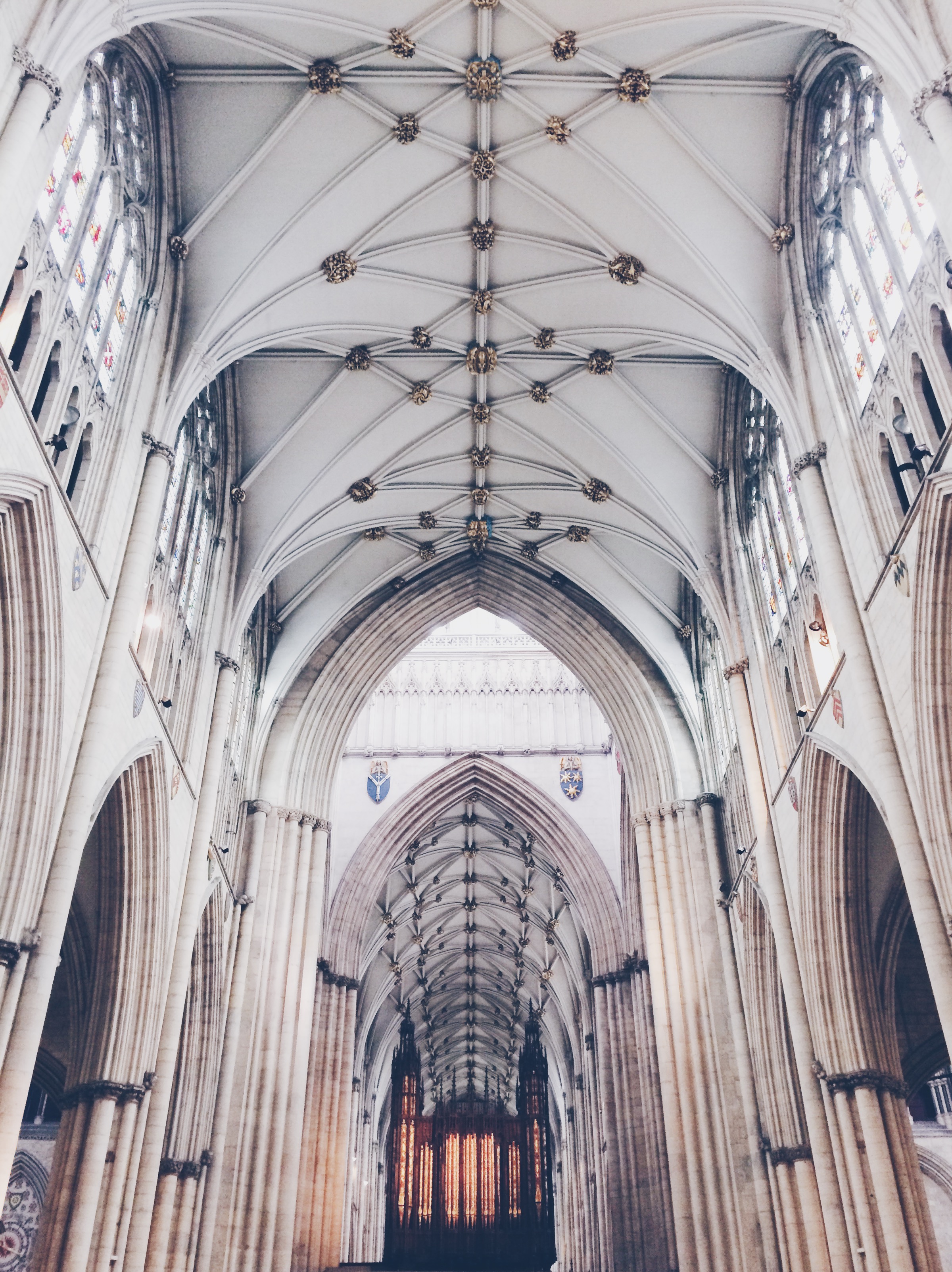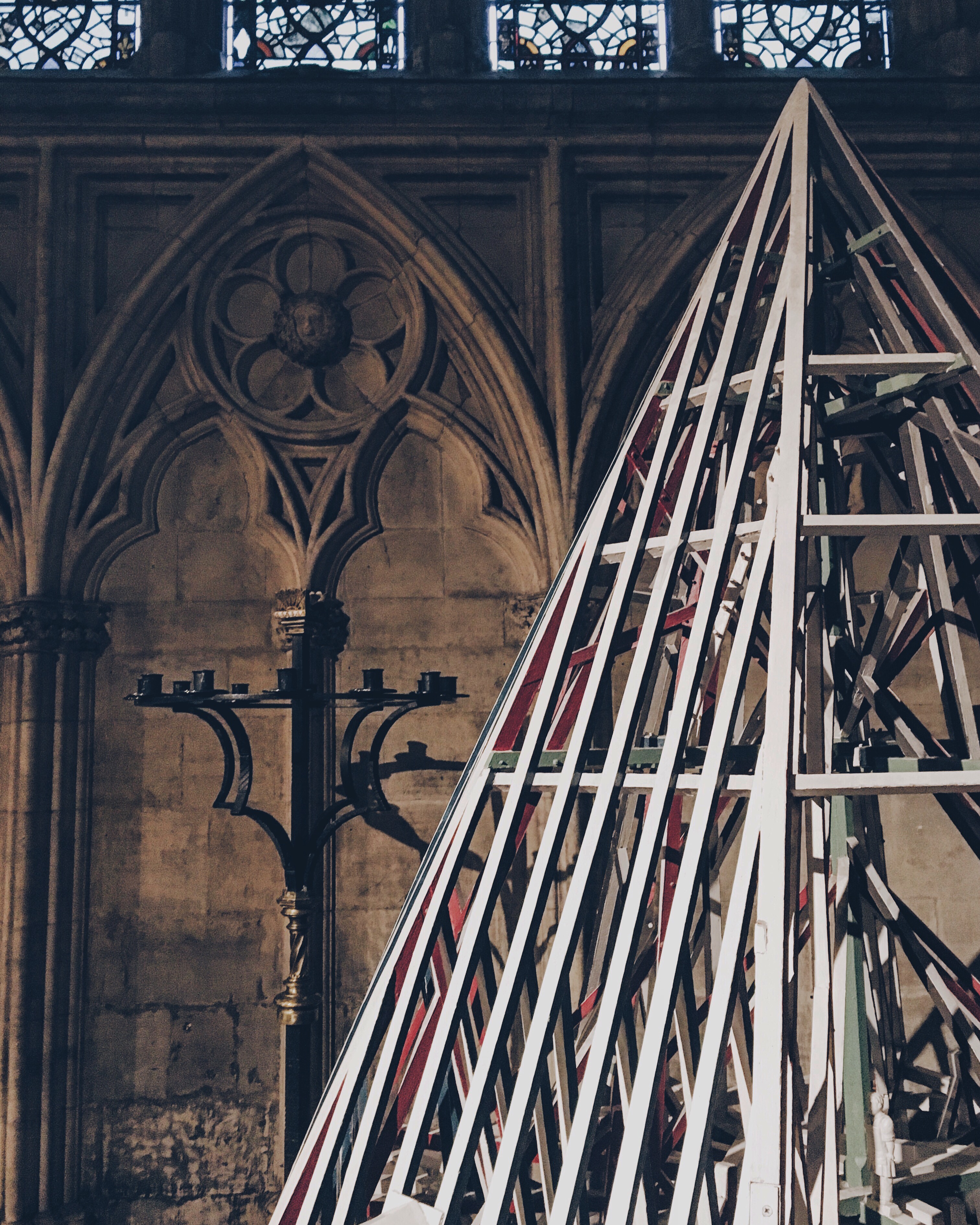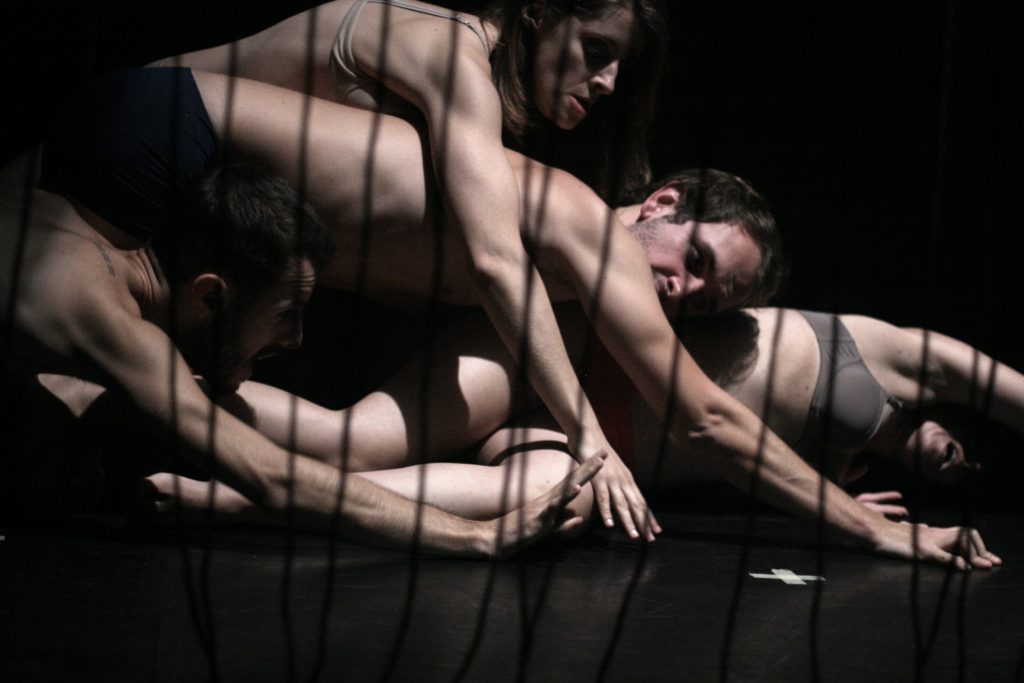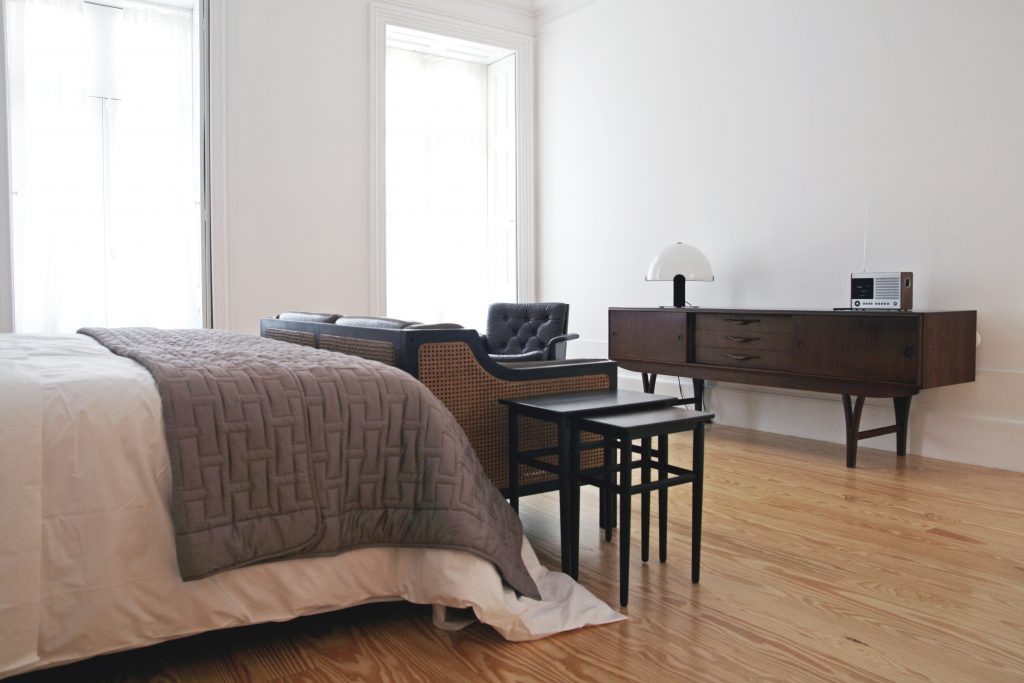My previous exploration into the sanctuary of museums and galleries has led me to consider other buildings that provide a similar motivation for me to pass through their doors. The intrigue to step inside a church building holds similarities to my museum wanderings. The imposing and often historic architecture, the ornate and decorative interiors and even that heady, perfumed air somewhere between a mix of settled dust and frankincense tickling the senses is exciting. I want to be there.
It was mandatory component to any family excursion or holiday. ‘We’ll just have a look in the Church whilst we are passing’, my parents would exclaim. As a youngster, this seemed perplexing and odd. Firstly, neither of my parents is particularly religious and secondly, I couldn’t quite marry the need to admire a structure where its predominant function was quite adjacent to our family life. Nonetheless, I have now come to realise that this fascination to explore a passing church was not some trite activity to pass time, but it much rather satisfied an appreciation for their structure, purpose and bespoke contents.
Whilst I can attach a nostalgic undertone to my ventures into church buildings, it goes beyond the habitual pursuit undertaken with my parents to a sense of familiarity and again, desire to be in the space. There is a pleasure in absorbing the solemnity, the dull tones and more than anything, the appreciation for a building that, in many cases, has stood for years.
Cathedrals are awe inspiring, simply for their sheer scale and prowess on a city skyline. For the majority of the UK’s cityscapes, these buildings, with origins potentially hundreds of years old, are the focal point as you cast an eye across a city vista. Whether this be the domed tower of St Paul’s Cathedral, the domineering scale of Wells Cathedral or the towering York Minster. As a Yorkshire man, the Minster is quite possibly my favourite in the world. Highly decorative in its gothic design, the abundance of stained glass illuminates the austere masonry that contributes to its monolithic proportions.
I recall an afternoon spent listening to the dulcet tones of English folk singer Laura Marling in the octagonal chapter house, its vaulted roof and unusual shape allowing the sound to wrap itself around the audience. Realistically, any music should be consumed and lost in a place so grand. However, the sound is forced around the space so involuntarily that facets of the room become as much a part of the performance as the notes themselves.
My affinity with the Minster, although heavily enshrined in admiring the cavernous structure, comes from playing and to listening to music in and amongst its nave and chapter house. I find that church buildings come alive when filled with (intended) sound, and music of many sorts. It’s synaesthesia at its best. Hearing sounds that make you look at and feel the building in a whole new way. And I admire the approach that York Minster has taken to accommodating not only the typical classical repertoire or choral masterpiece, but offering the less conventional music genres, too.
New College, Oxford, has one of the leading choral foundations at the university. Its chapel is archetypally resplendent, mirroring the grandeur of the surrounding college buildings. Choral evensong is one way to make your way into the college, whilst avoiding the hefty visitor entrance fees. Making my way through the cloisters, the entrance to the chapel is dark and unassuming. Yet once inside, your eyes a led straight upwards to the huge organ that appears to be hanging in the air above the candlelit, panelled choir stalls. The resonant sound produced by the air rushing through the organ pipes reverberates around the room and as a member of the congregation, you become lost in a cacophony of notes that blend seamlessly into one another.
Processed with VSCOcam with hb1 preset
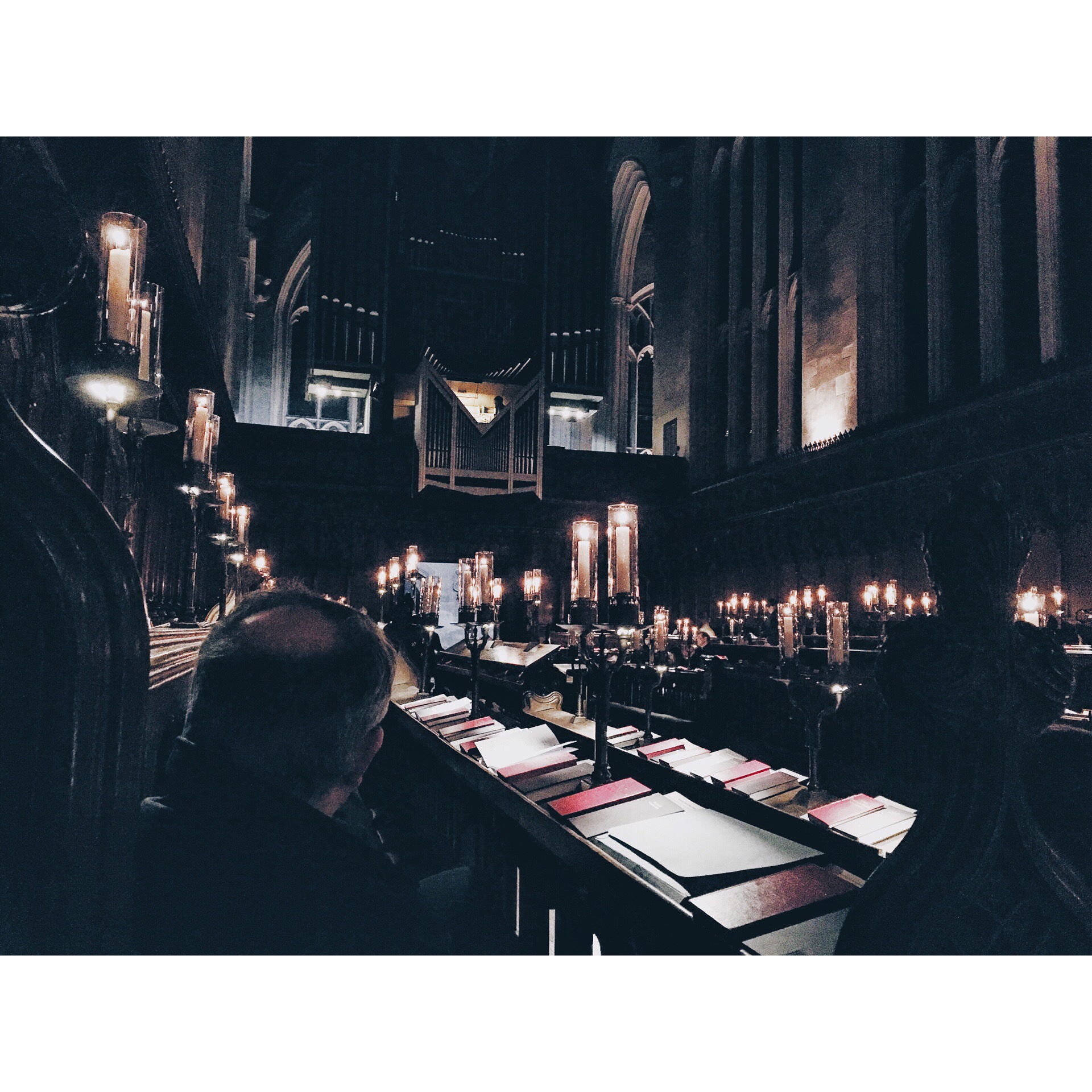
Whilst the likes of the York Minster, University of Oxford college chapels and St Paul’s appeal to a wide audience for their ostentatious qualities, the smaller and unassuming churches of the country are places for solace and reflection. And perhaps my parents used to take us into the church for ‘five minutes peace’ amongst active and busy holidays.
As with my museum adventures, there is a permanence and steadfast presence to these buildings that despite being located in metropolises or in the most remote of lands offer a calmness, comfort and familiarity. So go listen to the music, go for the quiet. It doesn’t have to be an ecclesiastical affair, but an affair with an architectural style and purpose on right on your door.


